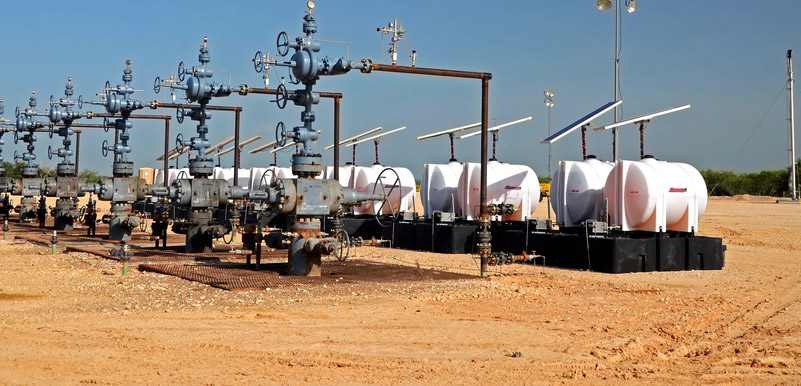The US: A Nation In Dire Need of Energy and Climate Policy
February 18, 2016
A new Harvard University study finds that world methane emissions have recently spiked, and that the US appears to be the site of most of the increase. Natural gas fracking is the apparent culprit. This finding should be (though I wouldn’t bet on it) the final nail in the coffin of the “natural gas as bridge fuel to a clean energy future” argument.
The Obama administration has fixated on replacing coal with natural gas for electricity generation as a major pathway to meeting Paris COP 21 commitments for reduction in greenhouse gas emissions. Its strategy required the EPA to begin regulating CO2 as a pollutant (as the centerpiece of the “Clean Power Plan” or CPP). But industry fought the regulation all the way to the Supreme Court, which did something quite rare. It stepped in to block federal regulations going into effect until a lower court made a ruling, even though the lower court itself had denied a similar request. Now, following the death of Justice Antonin Scalia (who sided with the “conservative” majority halting implementation of the regulation), there appears to be the possibility for an eventual reprieve of CPP.
But what’s the point? If natural gas from fracking harms the climate about as much as coal (higher methane emissions on one hand versus higher CO2 emissions on the other), then the entire strategy is revealed as ill-conceived and useless.
What is really needed is a national plan for a systemic energy transition, including policies, goals, and funding. Such a plan would break out the economy sector by sector, exploiting ways of radically reducing energy consumption over all while replacing oil, coal, and natural gas with renewable resources like solar, wind, biomass, hydro, and geothermal. The plan would have to take into account the vast magnitude of the undertaking by enlisting the entire population along in a visionary, multi-decade odyssey that will entail shared sacrifice as well as opportunity.
Since that effort appears to be currently impossible to mount for political reasons, policy makers have naturally fallen back on smaller projects that just might be achievable. The result is CPP—which, as we have just seen, is not just insufficient, but possibly a waste of effort altogether.
The most likely scenario going forward: environmental groups will lobby to save CPP, and if Democrats win in elections later this year, the regulation may just survive. A great deal of political capital will be spent on both sides, whatever the outcome. But the achievements could be largely symbolic in any case.
Half of US total natural gas supply now comes from fracked shale resources, and, as groundbreaking Post Carbon Institute analysis by David Hughes has shown, production from shale gas reservoirs is set to decline by the end of this decade for purely geological reasons. In fact, strong growth in overall US gas production has now halted, and most of the plays that figured in the recent shale gas boom are in steep decline. Tight oil production is falling, too.
In September 2014, at the U.N. Climate Summit, President Obama boasted that “Over the past eight years, the United States has reduced our total carbon pollution by more than any other nation on Earth.” But as is now clear, the huge shift from coal to natural gas for electricity production has come with the largely-ignored spike in methane emissions—a far more potent greenhouse gas. (And even this ignores the reality that much of the coal that was displaced was simply shipped abroad while many of the goods we import were manufactured in coal-powered factories overseas.)
At the same time, the Obama administration took credit for soaring US oil and gas production resulting from the fracking frenzy, and cheered industry hype about energy independence and exports.
This is what served as energy and climate policy for the past eight years. Now hopes and dreams of energy abundance are about to be tested. Many analysts assume that current production declines are entirely due to low oil and gas prices, and that once the market is rebalanced, American oil and gas production levels will resume their ascent. If our analysis is correct, tight oil and shale gas production may never surpass 2015 levels and may instead plummet.
What happens then? How will policy makers distract the public from the evident fact that they have no long-range plan to deal with either energy supply or climate change?
No doubt they’ll think of something.
image credit: NeonLight/Shutterstock.com


“What is really needed is a national plan for a systemic energy transition, including policies, goals, and funding.” How is it possible that the Obama Admin. doesn’t have such a plan?
It would appear, based on recent price results, that the US does have an energy policy. Let the market worry about it, and to be honest, the results have been more effective than any other managed energy economy on the planet.
They do. Let the market sort it out. Based on the results, you could argue that it might be the most effective policy they implemented in 8 years of pretending to not do everything Bush did, except more.